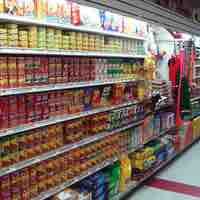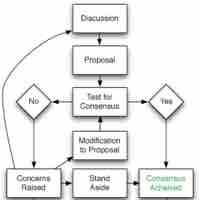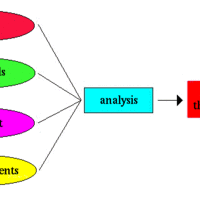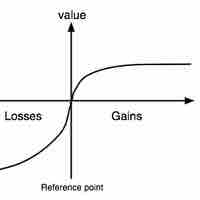Chapter 10
Decision Making
By Boundless

Decision making is the mental process of selecting a course of action from a set of alternatives.

Decisions are driven by psychological, cognitive, and normative styles, each of which take into account varying influences on the final decision.
Three approaches to decision making are avoiding, problem solving and problem seeking.

Rational decision making is a multi-step process, from problem identification through solution, for making logically sound decisions.
Critics of the rational model argue that it makes unrealistic assumptions in order to simplify possible choices and predictions.

People frequently employ alternative, non-rational techniques in their decision making processes.

The practice of evidence-based decision making involves using current information to make empirically supported decisions.

Analytics help decision makers determine risk, weigh outcomes, and quantify costs and benefits associated with decisions.
Conditions of risk and uncertainty frame most decisions rendered by management.
Identifying, defining, and understanding a problem is essential to analyzing and choosing between alternatives.

Identifying a range of potential choices is essential to any decision-making process.

In order to eliminate bias in a decision, one can use tools such as influence diagrams and decision trees to evaluate alternatives.

A good decision maker will always try to eliminate personal biases and understand his personal risk tolerance when determining a course.
Implementing a decision requires the decision maker to make and execute a plan of action.
Decision makers must evaluate the results of a decision to improve the processes and outcomes of future decisions.
Business ethics deals with the beliefs and principles that guide management decisions.

Decision trees are useful analytic tools for considering the ethical dimensions of a decision.

Decision tree analysis can be a useful tool for evaluating ethical decisions.
Individual cognitive biases will influence decision making.

Time pressure forces decision makers to shift from logical processes (ideal) to intuitive processes (sub-ideal).

Group dynamics, which involves the influence of social behavior, is the primary determining factor in the success of group outcomes.
Group decision making can lead to improved outcomes, but only if a variety of conditions pertaining to group chemistry are satisfied.

The manager's role in group decision making is to create a supportive context for the group.

Involving employees in key decisions gives managers access to unique skills and tells the employees that their contributions are valued.

Reaching consensus typically requires identifying and addressing the underlying concerns of group members.